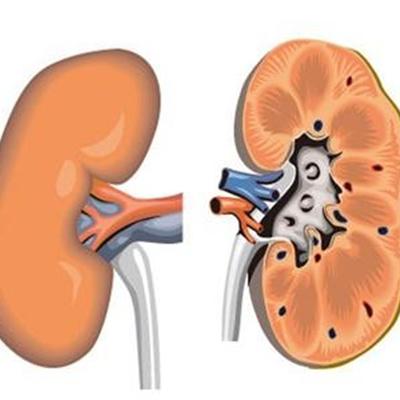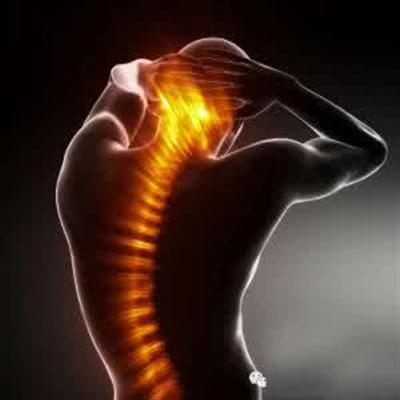What are the manifestations of metabolic acidosis?
summary
In our daily life, most people have suffered from acidosis, but sometimes we don't realize it is acidosis, which brings us a lot of troubles. We can pay more attention to it in our life. Now we will introduce the clinical manifestations of metabolic acidosis.
What are the manifestations of metabolic acidosis?
Cardiovascular acidosis itself has a bidirectional effect on heart rate. When the blood pH value drops from 7.40 to 7.0, the heart rate is usually too fast, which is mainly due to the secretion of more adrenaline during acidosis. When the pH value continues to decline, the heart rate gradually slows down. The main reason is that acetylcholinesterase is inhibited at this time, resulting in excessive accumulation of acetylcholine, which has more effect on the heart than adrenaline. If used β Bradycardia can be more obvious with receptor blockers. Serious acidosis can be accompanied by arrhythmia. Some people think it is caused by acidosis itself, but most people think it is caused by electrolyte disorder during acidosis. In addition, mild acidosis can increase myocardial contractility, because catecholamines can promote the entry of Ca2 into the cells, thus playing a partial compensatory role. In severe acidosis, a large amount of H accumulated, which prevented Ca2 from entering into cells from outside cells. Intracellular free [Ca2] decreased and myocardial contractility decreased; If calcium channel blockers were used at the same time, the bradycardia effect would be more obvious. Acidosis affected both arterioles and veins, but the vein was more obvious, mainly manifested as continuous venous contraction. On the one hand, the increase of catecholamine secretion causes the contraction of small arteries, on the other hand, H itself causes the relaxation of small arteries.

The respiratory system is characterized by rapid and deep breathing, which is typically called Kussmaul breathing. Because acidemia excites the respiratory center by stimulating the central and peripheral chemoreceptors, so as to increase CO2 exhalation and decrease PCO2. Acidosis can be compensated to a certain extent. Acidosis can reduce the binding ability of O2 and hemoglobin, and increase the release of O2 carried to the tissue, which is beneficial to improving tissue metabolism. However, acidosis for a long time can reduce the content of 2,3-diphosphate glycerin (2,3-DPG) in erythrocytes and decrease the ability of erythrocytes to carry O2, and the latter finally counteracts the effect of the former.

Gastrointestinal system can appear mild abdominal pain, diarrhea, nausea, vomiting, decreased appetite and so on. Part of the reason is related to the basic cause of acidosis and other water electrolyte acid-base imbalance; In addition, the dysfunction of autonomic nervous system caused by acidosis itself (such as changes in response to acetylcholine stimulation) is often the direct cause.

matters needing attention
The above is a lot of people want to understand the symptoms of metabolic acidosis. If we want a healthy life, we have to understand the diseases in our life, because only in this way can we stay away from the disease. Here we tell you that we must treat the disease in time, not wait for the disease to be serious.














